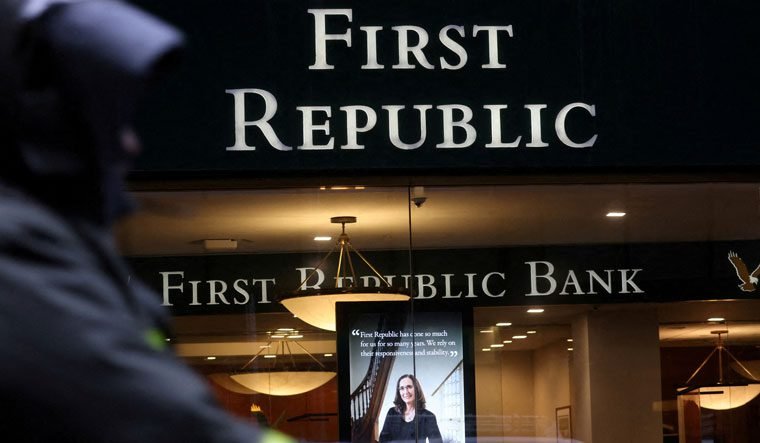The U.S. banking system has been through some tough times over the past decade, with the financial crisis of 2008 being the most notable. While the banking industry has since recovered, the risk of another collapse remains. To address this potential threat, the nation’s largest banks have recently pledged to invest $30 billion in capital to avoid another collapse similar to that of the Seattle-based Savings and Loan Bank (SVB) in 1992.

This pledge is the largest commitment of its kind in U.S. banking history and is a sign of the industry’s commitment to financial stability. The $30 billion pledge is part of the “Stronger Banks” initiative, a joint effort from the Federal Deposit Insurance Corporation (FDIC) and the Office of the Comptroller of the Currency (OCC). The initiative is designed to improve the safety and soundness of the banking system by encouraging larger banks to increase their capital levels.
US largest banks pledge
The $30 billion pledge is a voluntary commitment from the nation’s largest banks, including Bank of America, Citigroup, JP Morgan, Wells Fargo, and US Bank. These banks have committed to increase their capital levels over the next five years in an effort to prevent a similar collapse to the one seen in 1992. By increasing their capital levels, these banks are providing a buffer to absorb potential losses in the event of a future financial crisis.
The $30 billion pledge is an important step in strengthening the banking system and reducing the risk of another collapse. It is also a signal that the industry is committed to doing its part to ensure a safe and sound financial system. The pledge is a sign of confidence and will help to create a more stable and robust banking environment for the long term.
The $30 billion pledge is an important step in maintaining the health of the banking system and reducing the risk of a future financial crisis. It is a sign that the banking industry is committed to doing its part to ensure a safe and sound financial system for the long term. As the nation’s largest banks continue to increase their capital levels, the risk of another collapse similar to that of the SVB will be greatly reduced.

The $30 billion pledge by the U.S.’s largest banks is a joint effort to ensure the stability of the entire banking industry. This pledge is an unprecedented move by the biggest players in the US banking sector, such as Bank of America, Citigroup, JPMorgan Chase, Wells Fargo, and US Bank. The idea behind the pledge is to protect the banking sector from any potential financial turmoil, both in the near future and for years to come.
The $30 billion pledge is the result of an agreement between the Federal Reserve and the US Treasury, which required large banks to strengthen their capital levels. The goal of this agreement was to reduce the risk of a systemic crisis, like the one that occurred following the collapse of SVB Financial Group in 2008. The Federal Reserve and the Treasury hope that by increasing the capital levels of the banking sector, it will be better equipped to handle any future economic shocks.
The $30 billion pledge is also part of a larger initiative to ensure the long-term stability of the banking industry. Banks are being encouraged to invest in their risk management and compliance infrastructure, as well as their technology and systems. This is in response to the increasing complexity of the banking sector, which requires more sophisticated systems and processes to remain stable.
The $30 billion pledge is an important step in ensuring the stability of the banking sector. By increasing the capital levels of the banks and encouraging them to invest in their risk management and compliance infrastructure, the banking sector can avoid another SVB-like collapse. However, the banking sector must remain vigilant to ensure that it is well-prepared for any future economic shocks, and that it is capable of bouncing back from them


